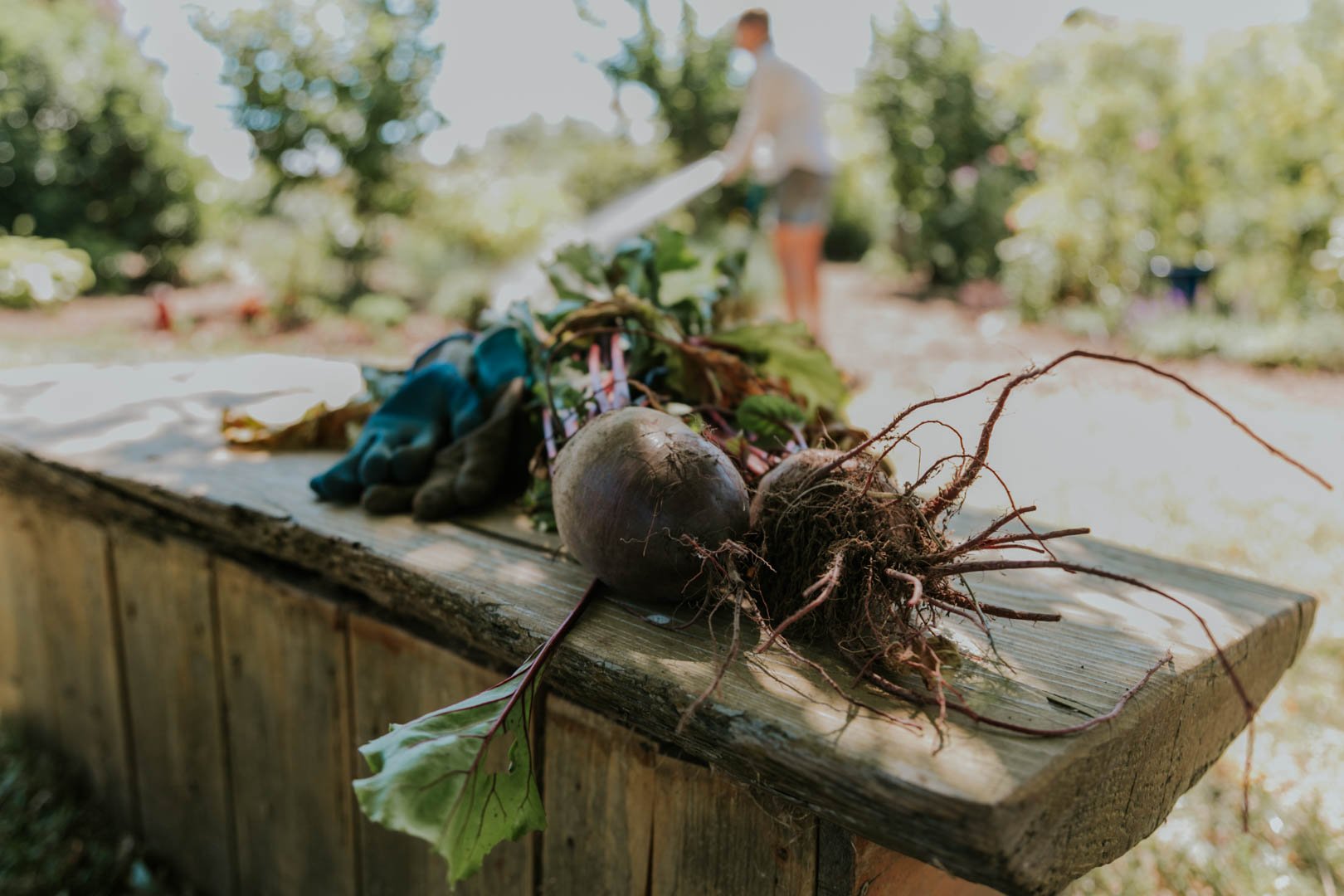How to Bring the Farm to Your Table
A Practical Guide
The farm-to-table (FTF) approach is reshaping how we think about our meals, from what we eat to where it comes from. This movement champions eating locally sourced, sustainably produced food, directly connecting farmers and consumers. It’s a commitment to fresher, healthier eating and supporting local communities. But how can you incorporate farm-to-table practices into your daily meals? Let’s break it down into actionable steps.
Understanding Farm-to-Table
At its core, the farm-to-table approach, or farm-to-fork, is about minimizing the gap between the farm where food is grown and your dining table. It emphasizes local sourcing of ingredients, supports small-scale agriculture, and promotes sustainable food systems. But why choose farm-to-table? It’s not just about fresher flavors; it’s also about reducing your carbon footprint, supporting local economies, and contributing to a healthier planet.
Embracing the Eat Local Movement
The Eat Local Movement is integral to FTF, encouraging consumers to buy foods grown within their local or regional area. This initiative not only supports local farmers but also ensures that the food on your plate is at its peak for flavor and nutrition. Start by exploring local farmers' markets, joining a community-supported agriculture (CSA) program, or shopping at stores that prioritize local produce.
Practical Steps to Farm-to-Table Eating
Know Your Seasonal Produce: Understanding which foods are in season in your area is crucial. Seasonal eating not only guarantees that you’re getting the freshest produce but also diversifies your diet throughout the year. For example, here in the Fraser Valley, we know that strawberries simply are not in season in January, so buying strawberries during that season nearly guarantees that they will be imported from elsewhere.
2. Connect with Local Farmers: Visit local farmers' markets or farm stands. Engage with the farmers, ask questions about their farming practices, and get recommendations on the best produce to buy. Building relationships with farmers enriches the farm-to-table experience, adding a personal touch to your meals, while also sharing the challenges created by climate change. I’ll leave a list below of all the local farmers and markets I’ve grown to love.
3. Grow Your Own: Why is farm-to-table important? It reconnects us with the origins of our food. These days it’s easy to forget that all food starts somewhere, its grown, harvested, and shipped to the grocery store. Growing herbs on a windowsill or planting a vegetable garden, reduces food miles but also gives you the freshest ingredients right at your doorstep. You don’t need to have acres of land, a few containers with veggies you know you enjoy can be enough to get started
4. Preserve and Ferment: To enjoy local produce year-round, learn preservation techniques such as canning, drying, and fermenting. This way, you can extend the life of seasonal fruits and vegetables and enjoy them even when they’re not in season. Be sure to do this step properly, don’t cut corners and double-check results, there can be dangerous risks if canning and fermenting are not done properly.
5. Choose Restaurants Wisely: When dining out, support eateries that source their ingredients locally and follow the FTF philosophy. These establishments often showcase seasonal menus and highlight local producers, further supporting the movement.
6. Educate and Share: Sharing knowledge about the benefits of FTF with friends and family can help spread awareness. Hosting dinner parties featuring locally sourced ingredients or organizing farm visits are great ways to educate others. Share seeds, harvests, and compost and encourage people you care for to try starting their small gardens!
Farmers and Markets That We Frequent:
Ourselves! Were you aware that we grow edible flowers that add beauty, great taste, and nutrition to your meals?
Incorporating farm-to-table practices into your daily meals may seem daunting at first, but it’s about making conscious choices one step at a time. Whether it’s deciding to buy from local farmers, starting your garden, or choosing restaurants that value local sourcing, each action contributes to a larger movement towards sustainable and ethical eating.
The farm-to-table approach isn’t just a trend; it’s a lifestyle change that benefits our health, our communities, and our planet. So, take the plunge and discover the joy of eating closer to the source. Your taste buds (and the earth) will thank you!



